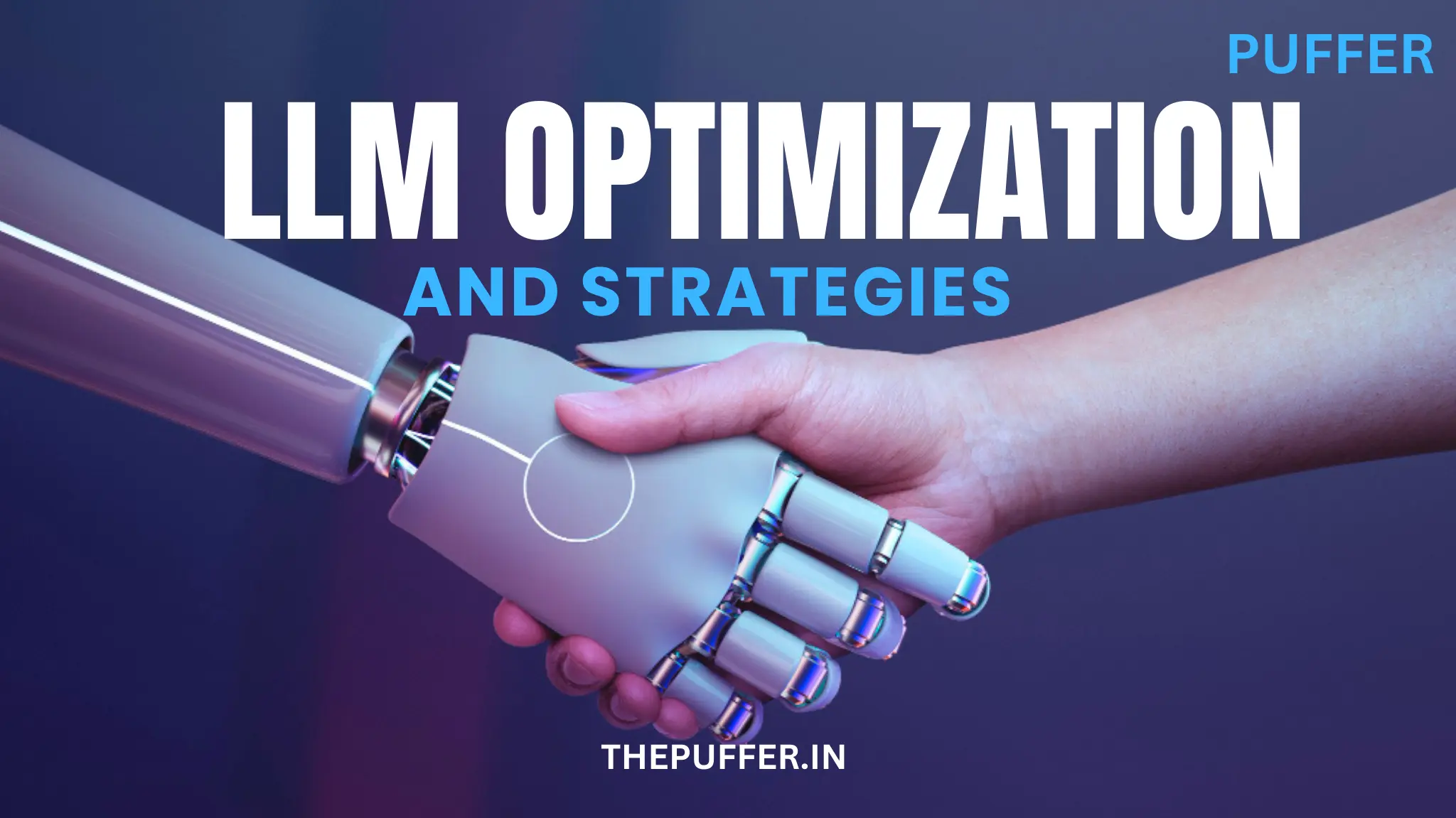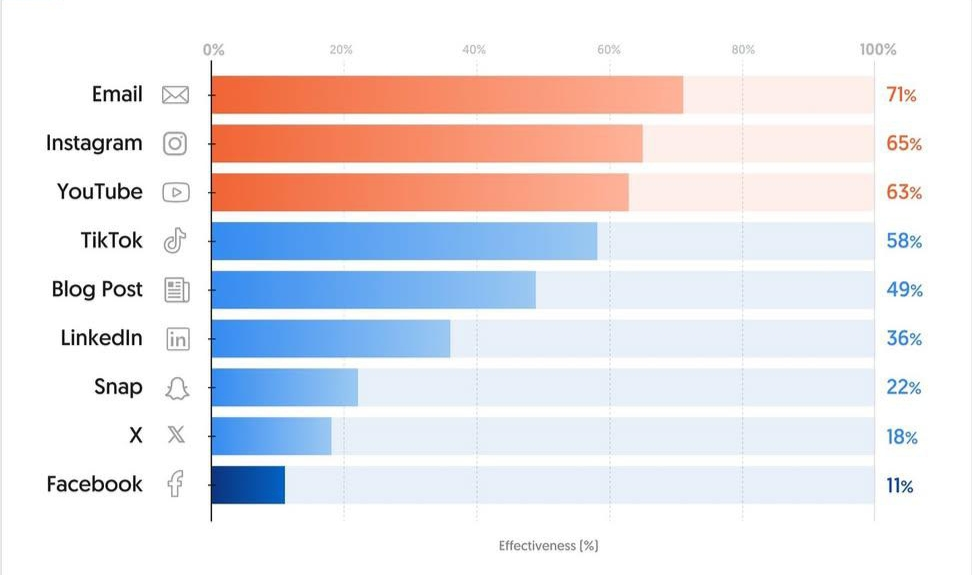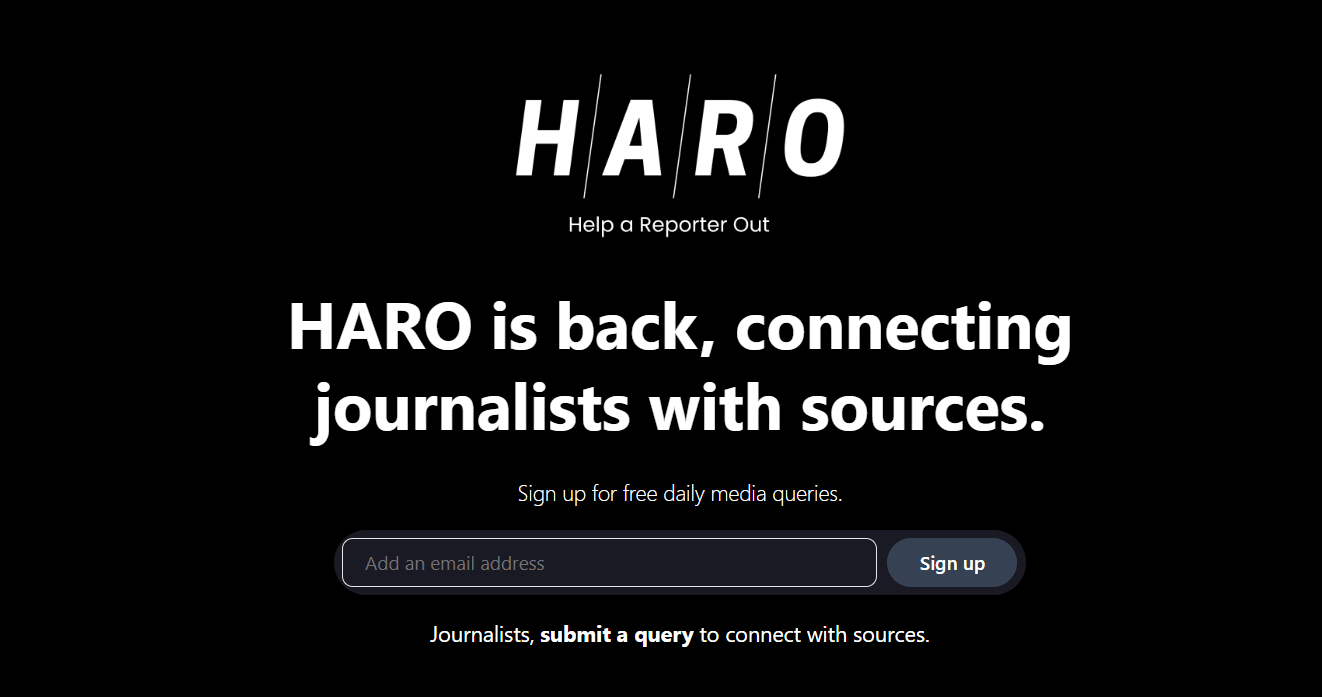Introduction
Large Language Models (LLMs) like GPT, Claude, and Gemini are reshaping how people search, consume, and interact with information. They don’t just pull keywords; they understand meaning, context, and intent.
For writers, marketers, and businesses, this creates a new challenge: how to make content optimized not just for Google Search, but also for LLMs. This is what we call LLM Optimization.
In this article, we’ll explore what LLM optimization is, why it matters, and the best strategies to ensure your content is easily retrievable, recommended, and cited by AI models in 2025 and beyond.
What is LLM Optimization?
LLM Optimization is the practice of structuring and writing content in a way that is easy for AI models to understand, learn, and reference.
Traditional SEO focuses on ranking in Google’s algorithm. LLM optimization goes further: it ensures content is clear, factual, well-structured, and semantically rich, so AI models can pick it up and use it as a reliable data source.
For example:
- SEO might focus on keywords like “best marketing tools 2025”.
- LLM optimization ensures the content also explains what marketing tools are, why they matter, and how they are used, so an AI can generate a complete and accurate response when asked.
Why is LLM Optimization Important in 2025?
The way people search is changing. Instead of typing queries into Google, many now ask AI assistants directly.
- More users rely on AI search: ChatGPT, Gemini, Perplexity, and other LLM-based tools are becoming everyday companions.
- LLMs prefer authoritative, structured content: They need clarity to retrieve and summarize information.
- Visibility beyond Google: If your content isn’t optimized for LLMs, you risk being invisible in AI-driven results.
Simply put, if SEO got you found on Google, LLM optimization gets you found inside AI conversations.
Core Principles of LLM Optimization
To optimize for LLMs, your content must be:
- Clear – Short, precise, and easy to interpret.
- Context-rich – Explains background, not just surface-level facts.
- Structured – Uses headings, lists, FAQs, and semantic markup.
- Factual & Trustworthy – LLMs need reliable data sources.
- Conversational – Written in a human-like, question-answer style.
Let’s dive deeper into the strategies:
Strategies to Optimize Content for LLMs
1. Write with Semantic Depth
LLMs don’t just match keywords; they understand relationships between words. To help them:
- Use related terms and synonyms (e.g., “AI models,” “large language models,” “machine learning systems”).
- Explain concepts in detail (not just what, but also why and how).
- Add real-world examples to make content context-rich.
Example: Instead of just saying “LLM optimization improves AI search visibility”, explain:
LLM optimization helps content appear in AI responses by making it structured, factual, and contextually complete. For instance, a blog about “AI tools for startups” that includes definitions, use cases, and benefits is more likely to be quoted by ChatGPT than a short, keyword-only post.
2. Use a Conversational, Q&A Style
LLMs are trained on conversations. To fit their format:
- Add FAQ sections.
- Write in question-answer format.
- Include headings framed as user queries.
Example:
- Question: What is LLM optimization?
- Answer: LLM optimization is writing content in a structured and factual way so AI models can easily learn and retrieve it.
This makes your content ready to be pulled into AI answers.
3. Strengthen E-E-A-T (Experience, Expertise, Authoritativeness, Trustworthiness)
Google and LLMs both value trustworthy content. To optimize:
- Use author bylines with expertise (e.g., “Written by Aakib Khan, SEO & LLM Optimization Expert”).
- Cite data, stats, and reliable sources.
- Include real experiences or case studies.
This signals to both humans and AI that your content is credible.
4. Create Structured Content with Headings
LLMs scan structure. A well-organized article is easier to learn from.
- Use H2s for sections and H3s for subtopics.
- Keep paragraphs short (2–3 sentences).
- Use bullet points and numbered lists for clarity.
This makes content scannable for humans and digestible for AI.
5. Optimize for Entities, Not Just Keywords
Search engines and AI models increasingly focus on entities (people, places, tools, companies) rather than keywords.
For example:
- Instead of just “best SEO strategies,” mention “Google Search Generative Experience (SGE), ChatGPT, and Perplexity AI.”
- Link concepts together: “Perplexity AI uses real-time data, unlike ChatGPT, which relies on pre-trained knowledge.”
This helps AI models connect facts and improves your retrievability.
6. Add FAQs and Knowledge Blocks
LLMs love structured Q&A. Adding FAQs at the end of articles increases your chance of being cited.
Example FAQ block for this topic:
- Question: Why does LLM optimization matter for SEO?
A: Because LLMs are increasingly replacing traditional search. If your content is not optimized, it won’t appear in AI answers. - Question: Can the same content be optimized for both Google and LLMs?
A: Yes. By combining keyword optimization with semantic clarity and structured writing, you can target both.
7. Provide Step-by-Step Guides
AI models often pull step-based instructions. Adding guides increases retrievability.
Example: Steps to Optimize for LLMs
- Define your main topic clearly.
- Add semantic depth with related terms.
- Break down the content into sections.
- Include FAQs and conversational headings.
- Cite credible sources and add examples.
- Use entity-based writing.
- Keep sentences simple and factual.
8. Use Plain, Accessible Language
AI models prefer simple and clear writing. Avoid jargon unless explained.
- Use short sentences.
- Explain technical terms.
- Write as if teaching a beginner.
Example: Instead of “semantic embeddings for AI retrievability,” write:
AI models use “semantic embeddings,” which means they understand meaning, not just exact words. That’s why you should include synonyms and related terms in your content.
9. Keep Content Evergreen with Timely Updates
LLMs prefer evergreen knowledge, but updated content gets priority.
- Refresh articles every 3–6 months.
- Add “2025 updates” where relevant.
- Cover both long-term strategies and the latest trends.
10. Optimize Metadata for AI Search
Metadata isn’t just for Google; it helps AI too.
- Use clear meta titles and descriptions.
- Keep them factual, not clickbait.
- Include the main entity or concept.
Example:
- Title: “LLM Optimization in 2025: Strategies for AI Search and Discoverability”
- Description: Learn how to optimize content for large language models in 2025. Discover strategies to make your content retrievable in AI search and Google Discover.
LLM vs SEO: What’s the Difference?
Many people confuse LLM Optimization with SEO, but they serve different goals. While both aim to increase content visibility, they work in separate ecosystems.
1. Purpose
- SEO: Focuses on ranking content in search engines like Google or Bing.
- LLM Optimization: Ensures content is understood, cited, and retrieved by AI models such as ChatGPT, Gemini, or Perplexity.
2. Audience Reach
- SEO: Attracts human readers searching with keywords.
- LLM Optimization: Targets AI systems that summarize, quote, or recommend content in answers.
3. Content Style
- SEO: Relies heavily on keywords, backlinks, and on-page optimization.
- LLM Optimization: Prioritizes semantic clarity, conversational tone, and structured Q&A formats.
4. Longevity
- SEO: Rankings can fluctuate with algorithm updates.
- LLM Optimization: Once AI models learn your content, it can stay retrievable for longer periods, especially if evergreen and factual.
5. Overlap
The two are not rivals. In fact, they work best together. An article optimized for both SEO and LLMs has maximum visibility: it ranks on Google and also gets pulled into AI-generated answers.
Example:
A blog on “Best Startup Tools 2025” can:
- Rank on Google through SEO (keywords, backlinks, meta tags).
- Appear in ChatGPT responses if it explains tools, gives examples, and uses structured FAQs.
Common Mistakes to Avoid
When optimizing for LLMs, many writers unknowingly fall into traps that reduce their visibility. Here are the most common mistakes and why you should avoid them:
1. Writing Only for Keywords, Not Context
Old-school SEO focused on stuffing keywords like “best tools 2025” multiple times. But LLMs don’t just read words; they understand meaning. If your article only repeats keywords without context, AI models may ignore it. Instead, provide complete explanations that connect terms, ideas, and real-world examples.
2. Using Clickbait Headlines That Confuse AI Models
Headlines like “You Won’t Believe What Happened Next!” may attract clicks on social media, but they confuse LLMs. AI systems look for clarity and relevance. A headline should directly tell what the content is about while still being compelling. Example: “LLM Optimization Secrets: Boost Visibility & AI Reach” is clear, powerful, and AI-friendly.
3. Ignoring Structure and FAQs
If your article is one long block of text, LLMs struggle to extract information. Without headings, bullet points, and FAQ sections, your content becomes less usable for AI-driven answers. Structured content makes it easier for both readers and LLMs to find and share the right information quickly.
4. Overloading with Jargon or Technical Terms
Using heavy jargon like “vector embeddings with multimodal AI fine-tuning” without explanation creates barriers. LLMs may understand, but human readers won’t; and AI prefers content that’s accessible. Always simplify and explain technical terms in plain language. Example: Instead of “semantic embeddings,” write: “AI models use embeddings, which are ways to understand meaning, not just exact words.”
5. Not Citing Credible Sources
LLMs rely on trust. If your article makes claims without sources, it risks being ignored. AI systems prefer citing content that’s fact-based and authoritative. Adding links to studies, surveys, or official websites strengthens your credibility and increases the chance of your content being retrieved in AI answers.
Conclusion
The world of digital visibility is evolving. In 2025, LLM optimization is as important as SEO. If you want your content to appear in AI-driven search results and be quoted in responses, you need to:
- Write with clarity and semantic depth.
- Use structured, conversational formats.
- Build authority with facts and expertise.
- Keep content evergreen and entity-rich.
By following these strategies, you ensure that your content doesn’t just rank in Google, but also lives inside the next generation of AI-powered discovery.
FAQs (Frequently Asked Questions)
Q1. Is LLM optimization different from SEO?
Yes. SEO focuses on ranking in search engines, while LLM optimization ensures your content is used, retrieved, and cited by AI models in their responses.
Q2. Do I need to rewrite my old content for LLMs?
Not always. You can update existing blogs with better structure, FAQs, and semantic keywords to make them LLM-friendly.
Q3. Will LLM optimization replace SEO in the future?
Not replace, but complement. Google still drives traffic, but AI models are becoming a major discovery channel. Both strategies will work together.
Q4. What kind of content works best for LLMs?
Long-form, structured, factual, and question-answer style content. Guides, tutorials, explainers, and evergreen resources are the most retrievable.



Thanks for this post, I am a big big fan of this site would like to keep updated.